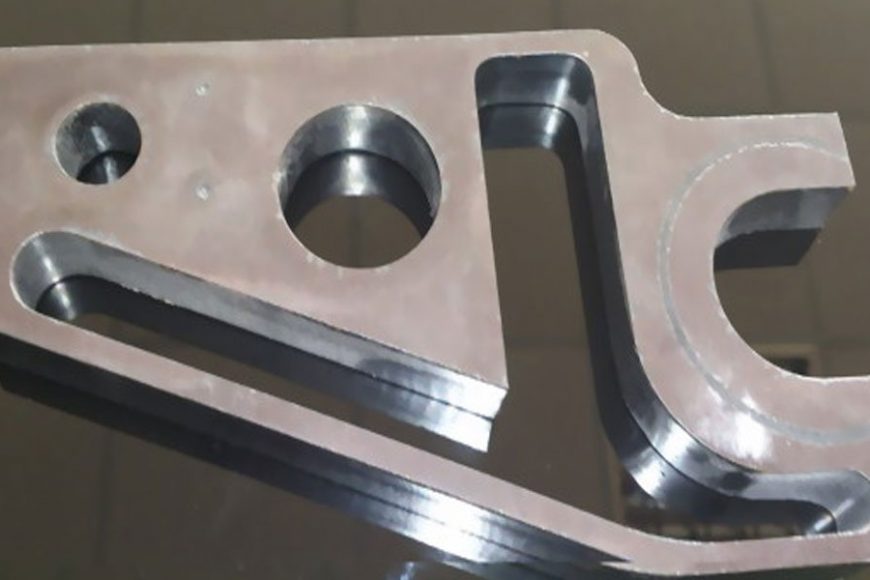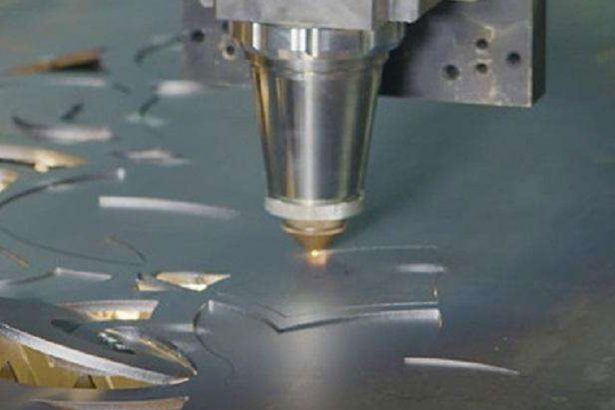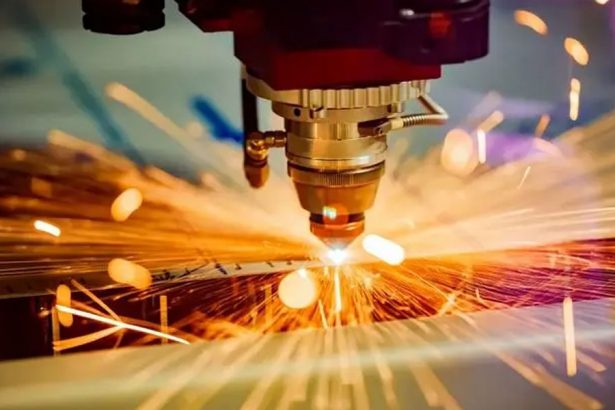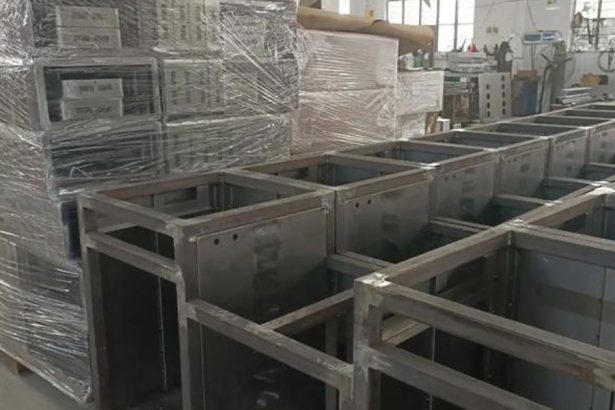With the rapid development of the petrochemical industry, stainless steel materials have been widely used in stainless steel welding, which also puts forward higher requirements for tube-sheet welding. The previous stainless steel arc welding priming method has been gradually phased out, and argon arc welding is used as priming welding. Argon arc welding primer is faster than arc welding primer and has higher cleanliness. At the same time, there are also some problems. During the welding process, the back side of the stainless steel argon arc welding primer is easily oxidized and causes defects, so back protection measures should be taken to ensure the mechanical properties and corrosion resistance of the weld. Therefore, effective protective measures should be taken when welding stainless steel.
Commonly Used Stainless Steel Welding Back Protection Methods
Stainless steel welding protective cover filled with argon for protection
This method is usually used for stainless steel welding of steel plates and large diameter pipes. The protective cover connects the metal tube and the argon gas hose. Open the argon valve and fill the protective cap with argon. Another person needs to hold the metal tube as a handle so that the protective cover slides over the rear molten pool and synchronizes with the welding on the outside of the plate or pipe. In this way, the back is effectively protected. It is characterized by centralized protection. The argon does not need to be turned on much and there is very little argon waste.
The stainless steel welding part is protected by argon filling
For pipelines with small local space and short dimensions, it is easy to use local protection. Method: Seal the welded joint of the pipe with tape (to prevent gas leakage), seal both ends of the pipe with sponge, rubber, paper shell, etc., insert the argon hose from one end to fill it with argon gas, and seal the sealing part at the other end of the pipe Make as many holes as possible (no sponge required), which is beneficial to back welding joints. When welding stainless steel, in order to prevent a large amount of argon gas from being discharged from the weld, the sealing tape of the weld should be torn off and welded one section at a time to reduce more argon. gas loss and effectively protect the weld seam. It is characterized by waste, slow argon filling speed and high cost.
Direct argon filling protection method for stainless steel welding joints
For pipelines that are too long and have slightly larger diameters, partial argon filling is too wasteful, the quality cannot be guaranteed, and the project cost is too high. In order to save costs, the method of filling argon directly at the welded joint can be used.
Several Stainless Steel Welding Methods
Stainless steel welding arc welding
Stainless steel welding means that during the entire welding process, the welded joint melts at high temperature. Since the workpieces to be welded are inseparable, the molten liquids of the two product workpieces will mix under the action of temperature gradients, forces, etc. without pressure. After the temperature is lowered, part of the melt solidifies, and the two product workpieces are firmly welded together for welding.
Stainless steel welding arc welding
Stainless steel welding Arc welding refers to releasing a certain working pressure on the parts of the weldment with or without heating, causing plastic deformation or melting, and causing the two molecules separated from the surface layer to undergo work hardening and external diffusion. Affects the welding method used to create a metallic bond. There are many types of arc welding for stainless steel welding, the common ones include resistance welding, forge welding, contact welding, friction welding, standard gas pressure welding, cold arc welding and explosion welding.
Stainless steel welding fiber welding
Stainless steel welding fiber welding refers to a welding method in which the filler metal smaller than the melting point of the weldment and the weldment is heated to the melting temperature of the filler metal, and the liquid filler metal is used to fill the gaps between the solid product workpieces to connect the metal materials. When welding stainless steel and fiber, the oxidation film and oil stains on the surface of the butt weld should be cleaned first to facilitate the full play of the blood vessels after the solder is melted and to improve the lubricity and porous fluidity of the solder. According to the different melting points of solder, fiber welding can be divided into hard fiber welding and soft fiber welding.
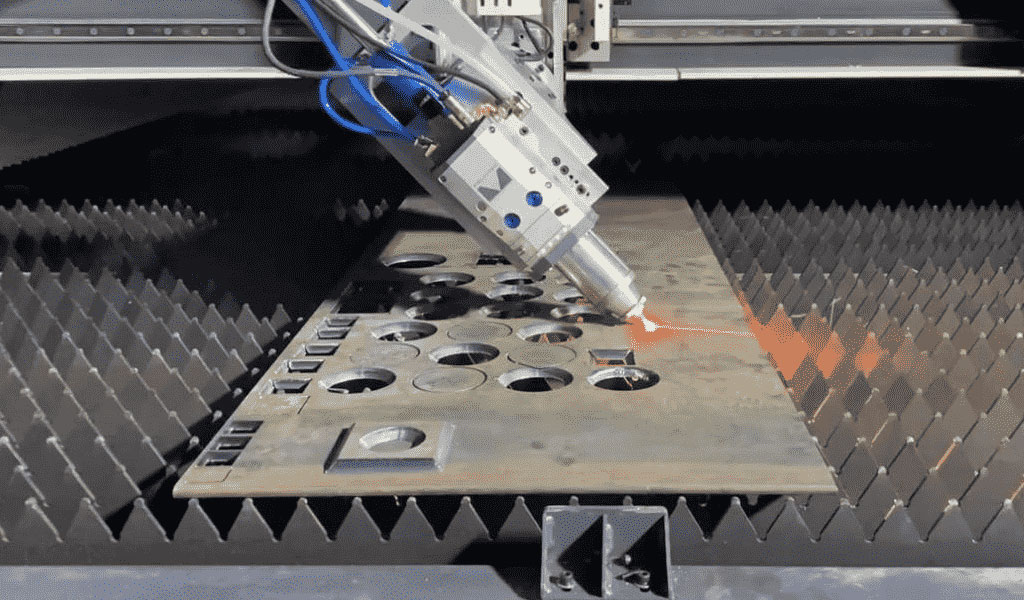
China Sheet Metal Fabrication Manufacturer
Custom precision metal fabrication services. Product specialties include UL® certified NEMA enclosures for various environmental conditions. Capabilities include punching, shearing, laser cutting, bending, machining, press brake forming, and welding. Materials worked with include mild steel, stainless steel, aluminum, brass, and more. Production volumes range from prototype to 10,000 pieces annually. Contract options include discrete orders, blanket orders, quarterly buys, and annual contracts. Value added services include inventory management, rapid prototyping, process development, design for manufacturability, inspection, supply chain management, transportation, and logistics. Industries served include aerospace, automotive, defense, electronic, electrical, entertainment, food and beverage, health, industrial automation, machinery, medical, oil, energy, power, sporting goods, telecommunications, transportation, and more.
using high quality materials
for your sheet metal parts orders
We uses a wide range of material selections for our sheet metal fabrication process. Among our materials are aluminum, stainless steel, brass, magnesium, copper, carbon steel, bronze, galvanized steel, and more. Each material is available in different grades and varieties. Rest assured that all the materials used for your sheet metal parts are durable, corrosion-resistant, long-lasting, rust-proof, wear-resistant, and high-performance. If you want a specific material to be used in the sheet metal fabrication process, don’t hesitate to contact us!
- Carbon Steel
- Stainless Steel
- Aluminum
- Brass
- Copper
- Magnesium
- Bronze
- Galvanized Steel
Why BE-CU is Trusted by 1000+ Clients
Our sheet metal fabrication covers a lot of benefits to many industries, businesses, or projects. Below are the advantages of our services.
- Affordable and Fast Production:We can quickly produce different sheet metal prototypes and final products. KDM offers speedy production while assuring high precision. Our high-volume production also allows us to have cost-effect sheet metal fabrication services.
- Excellent Strength to Weight Ratio:Through our advanced sheet metal fabrication, we can produce sheet metal parts that are lightweight yet durable. We assure high strength, scratch resistance, and corrosion resistance to all produced sheet metal products.
- Wide Range of Materials and Techniques Used:We are experts in different sheet metal fabrication techniques that allow us to produce complex parts with additional intricate features such as notches, slots, holes, etc. Our wide range of sheet metal materials can also withstand electrical, high heat, corrosion, and more.
Online Contact China Precision Sheet Metal Manufacturers
As a direct supplier of precision machined and finished complete components to all segments of the aerospace, semiconductor, automotive, and medical industries, including innovative high tech startups, BE-CU Sheet metal manufacturer is your trusted source for precision sheet metal fabrication services.
To learn more about our aluminum,stainless steel and other steel alloy sheet metal fabrication services, contact us, or give us a call at +86 153 8731 8440, and one of our expert associates will assist you. BE-CU is your trusted source for premium sheet metal fabrication services and metal spinning china manufacturer.

